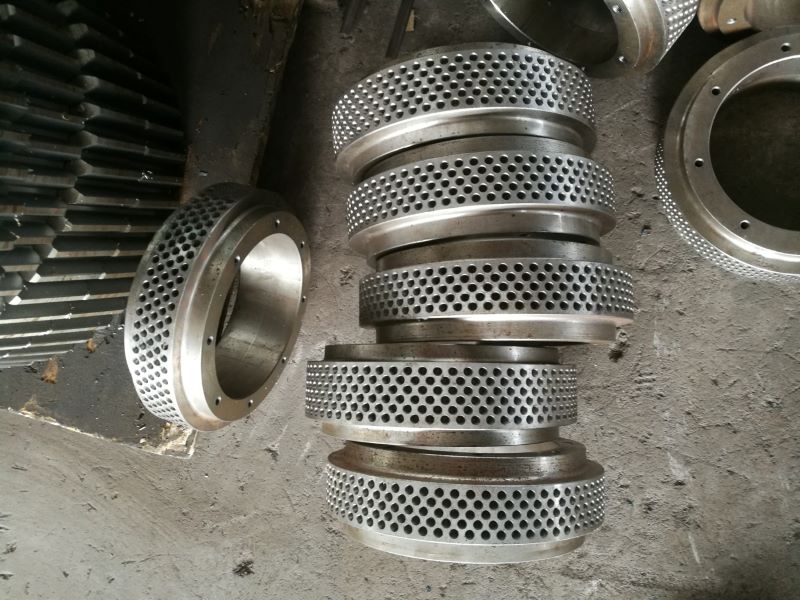The size of biomass pellets is closely related to the pre-generation link, which affects the efficiency and stability of the power generation system as well as the life of the equipment. The following are some of the issues related to biomass pellet size and the pre-generation link:
Pellet size and combustion efficiency:
Biomass pellet size directly affects combustion efficiency. Proper pellet size helps to achieve adequate combustion and improve the efficiency of energy release, thus increasing the combustion efficiency of the power generation system.
Equipment Matching Issues:
Power generation systems typically require a specific size range of biomass pellets to match the combustion equipment for which they are designed. Selecting the right pellet size for the equipment is an important factor in ensuring proper system operation and energy efficiency.
Pellet size and pellet mobility:
Pellet size is also related to pellet mobility during conveying and storage. Particles that are too large or too small may result in jamming, clogging or erratic flow in the conveying pipeline, affecting the continuous operation of the power generation system.
Pellet size and wear and tear:
Excessively large particles may cause additional wear and tear on combustion equipment, while too small particles may lead to excessive friction and particle attrition within the equipment. This can affect equipment life and increase maintenance costs.
Pellet size and gas flow:
The size of the biomass pellets also affects the characteristics of the gas flow produced after combustion. Pellets that are too small may result in excessive gas velocities, affecting the heat transfer efficiency of the system, while pellets that are too large may result in incomplete combustion, producing an unstable gas flow.
Pellet size and energy density:
Proper pellet size helps to increase the energy density of biomass pellets, thereby providing more energy in the same volume and contributing to the overall energy efficiency of the power generation system.
Ensuring the selection of appropriately sized biomass pellets at the pre-generation processing stage is therefore a critical step in optimising the performance of the power generation system. This requires consideration of a number of factors such as equipment requirements, combustion characteristics, pellet mobility and system stability.
